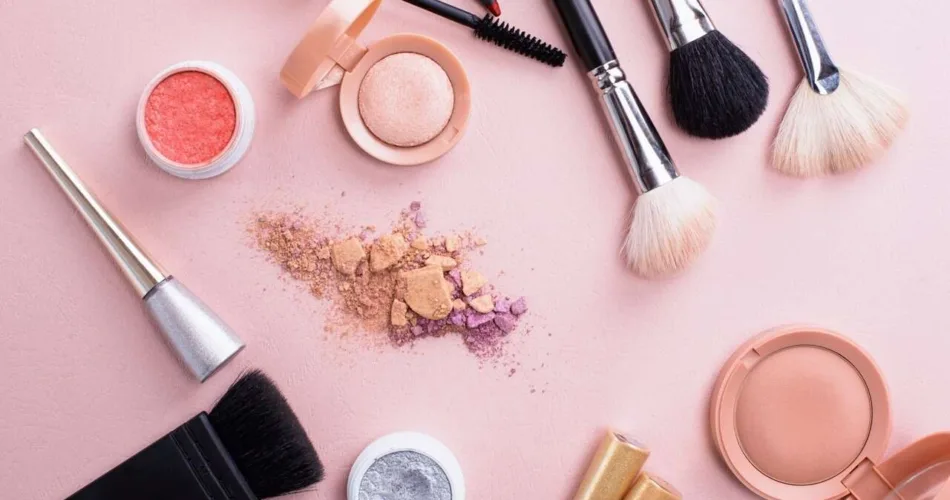Makeup brushes are essential tools in the world of cosmetics, playing a crucial role in achieving flawless and professional-looking makeup applications. These brushes come in a variety of shapes, sizes, and materials, each designed for specific purposes to enhance the application of different makeup products. Collecting makeup brushes is similar to gathering unique pieces. whenever you come across one, the desire to acquire it arises, regardless of necessity. However, navigating the world of makeup brushes can be both costly and, frankly, confusing.
If you’ve combined a full collection of makeup brushes, we’d consider that to reach your top adulthood. Many of us might benefit from guidance on essential brushes and their proper usage while avoiding them. Makeup brushes are essential tools for achieving professional and polished makeup looks. With a variety of options available, selecting the right brushes for specific products and techniques is crucial to achieving flawless and artistic makeup applications. Investing in high-quality brushes and practicing proper maintenance are key elements of a successful makeup routine.
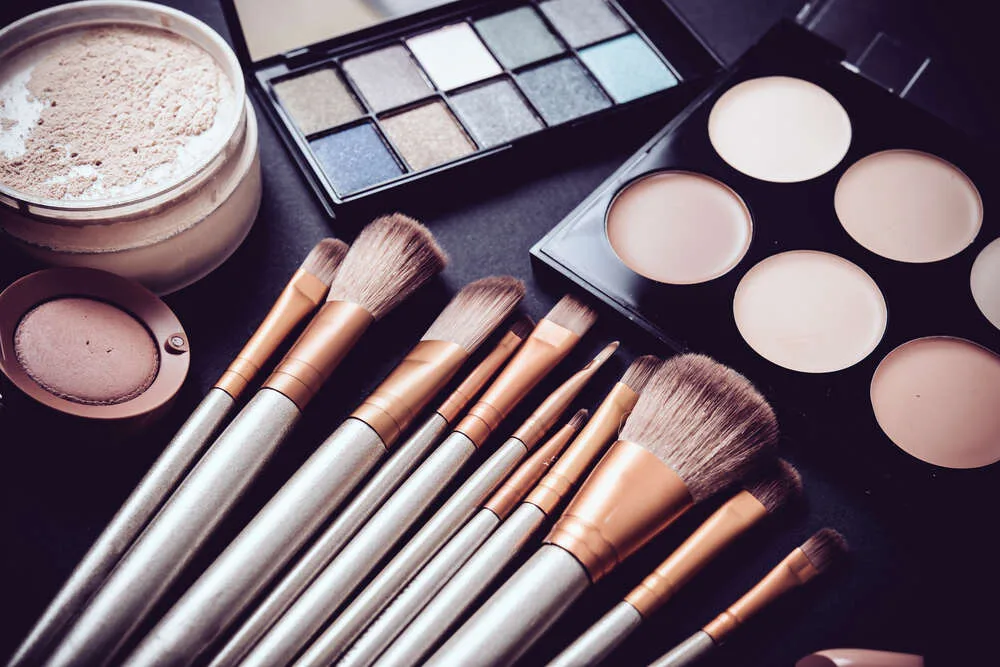
- Powder Brush
- Blush Brush
- Contour Brush
- Bronzer Brush
- Highlight Brush
- Foundation Brush
- Stippling Brush
- Beauty Sponge
- Fan Brush
- Concealer Brush
- Flat Eye Shadow Brush
- Eye Shadow Crease Brush
- Eyeliner Brush
- Pencil Brush
- Brow Brush
- Mascara Wands
- Lip Brush
Power Brush:
The powder brush you choose will depend on what type of powder you’re actually using (setting powder versus a powder foundation), and within that, the type of formula (translucent versus pressed). “This will prevent you from applying too much powder, which can sometimes cause a gray or white cast and appear too matte.” Depending on the size, you could also get away with applying blush or bronzer with this type of brush.
Blush Brush:
A blush brush is smaller than a powder brush and features a dome shape with long, super-soft bristles. The specific blush brush you choose, however, depends on how you apply your blush (on the apples against the cheekbones) along with your desired effect (a light wash of color versus high coverage).
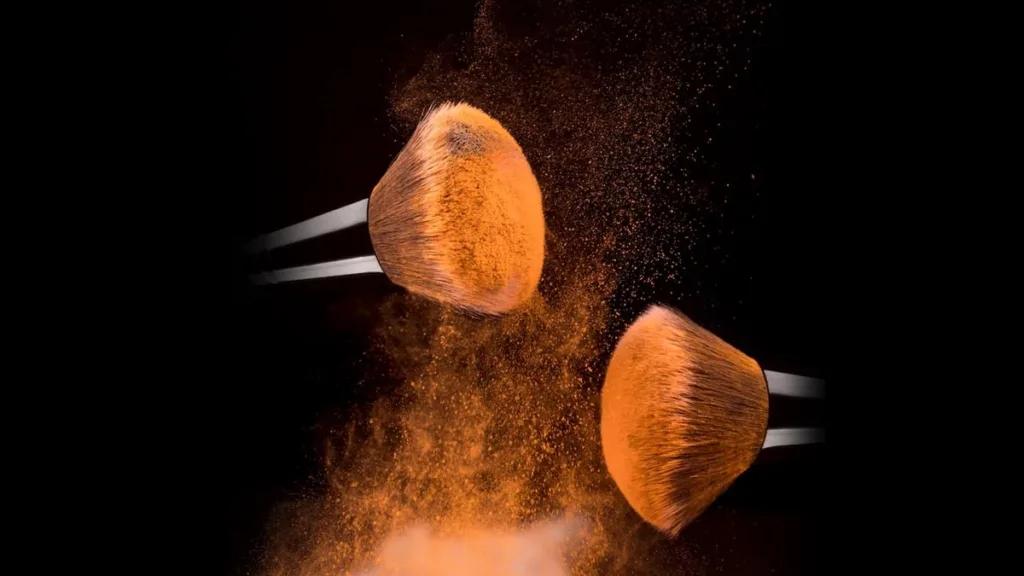
Contour brush:
Contouring brushes can feel intimidating (as can contouring itself), but having the right one will make all the difference in your blending. Using one that’s smaller than a face brush but bigger than an eye brush, and playing around with the ends of the bristles to see what you’re comfortable with. For more concentrated applications, opt for an angled contour brush that has soft, dense bristles, as this will allow you to add product with minimal fallout. The brush should fit nicely under your cheekbone, almost doing the contour work for you.
Bronzer Brush:
Unlike contour brushes, bronzer brushes are meant to be used on the areas you want to add an all-over dimension to (the sides of the forehead, on the cheekbones, and along the jaw line).
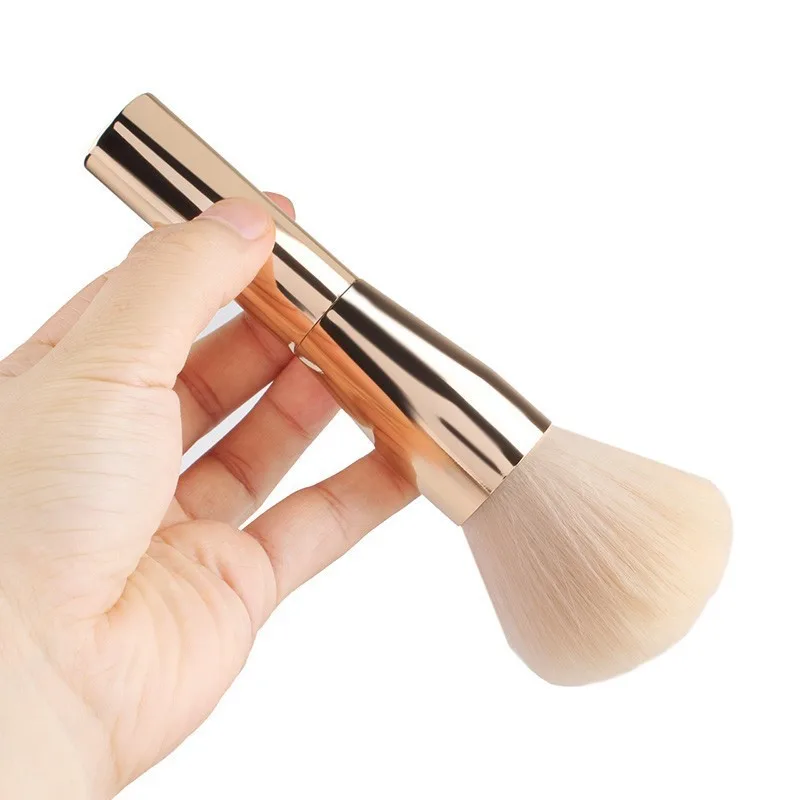
Highlight Brush:
A highlight brush is used– you guessed it– to apply highlighter. They often resemble an oversized crease brush with fluffy bristles that can either be fanned out or come to a slight point at the tip. The shape and softness lends itself nicely to blending and diffusing highlighter for a soft glow but can also be used for setting under-eye concealer.
Foundation Brush:
Between angled, flat, and stippling brushes, you have options when it comes to the tool you use to apply your foundation. A flat foundation brush like this one from Bobbi Brown is classic for applying liquid or cream formulas, but if you’re looking for something that’ll give you more coverage, go for a thick brush that has synthetic bristles.
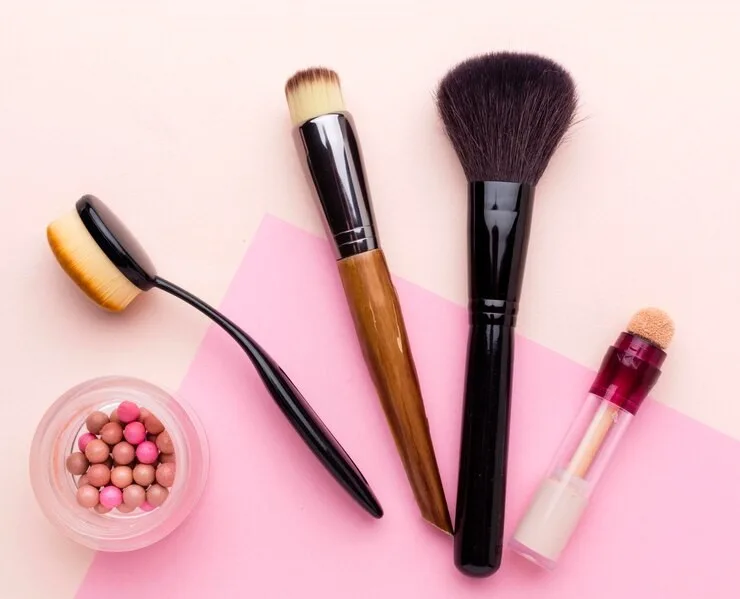
Stippling Brush:
A stippling brush is a dream for those who are prone while the soft texture won’t irritate the skin. It’s able to gently work the foundation over any texture to get maximum coverage quickly. The primary purpose of a stippling brush is to blend makeup products seamlessly into the skin.

Duo-Fiber Brush:
The duo fiber makeup brush is a flexible and essential tool in the world of cosmetics, valued for its ability to achieve a flawless and airbrushed finish. Duo-fiber brushes are every multi-tasker’s dream. They buff out foundation and give it an airbrushed finish, blend cream blushes and bronzers, and can even be used to softly diffuse a highlighting face powder all around the face.
Beauty Sponge:
This isn’t technically a brush, but we’d be doing you harm by not raving about the beauty benefits of a sponge. For one, it applies foundation seamlessly, especially if your skin skews dry. If you have a lot of texture due to dry skin, I recommend using a damp sponge in a pressing motion—it will press the foundation into the skin and not brush up any additional texture. (Don’t forget to give your sponges—along with the rest of your brushes—a good bath a few times a week to avoid causing bacteria-related breakouts).
Fan brushes:
Fan brushes aren’t just fun to look at; they serve two primary purposes in your makeup routine: applying a gorgeous highlight and cleaning up powder makeup mistakes. Fan brushes have ultra-light bristles, perfectly shaped to run a delicate application of powder highlighter down your cheekbone and on the tip of your nose. They can also dust off excess powder that falls out of your eyeshadow.
Concealer Brush:
These useful little brushes allow you to apply product with accuracy to the areas of your face that a bigger brush can’t get to (underneath the eyes, on either side of the nose, or over a blemish). Because concealers generally come in cream or liquid form, to go for a synthetic brush. That said, if you have a liquid concealer that just won’t set under your eyes try using a natural hair brush—it’ll soak up some of the extra moisture and give lighter coverage.

Flat Eye Shadow Brush:
A flat shading brush is definitely one you want to have in your eye shadow brush collection—synthetic bristles that copy natural hair are the way to go for defined, even application on the lid. This type of brush is perfect for packing on your favorite shimmer shade or for creating a halo eye. We’re big fans of this one from its medium size fits all eye shapes and picks up the perfect amount of product for even application.
Eye Shadow Crease Brush:
An eye shadow crease brush is an essential tool in the realm of makeup application, specifically designed to enhance the eyes and create depth within the eyelid crease. While the size can vary, they’re typically shaped to fit the curve of the eye, and some are slightly pointed at the tip. The shape of your crease brush can also lend itself to certain styles.This specialized brush is characterized by its unique shape and bristle arrangement, making it an indispensable asset for achieving professional-looking eye makeup.
Eyeliner Brush:
There are quite a few types of eyeliner brushes (smudges, flat brushes, angled brushes), but a slim, super-fine brush like this one is handy for creating thin, precise lines. The bent side of this dual-ended tool is ergonomically designed and specifically wished-for for winged liner-challenged persons while the straight side is best for precision work and crisper lines.
Pencil Brush:
Pencil brushes are like the forgotten child of makeup brushes—they’re underrated but you can’t help but love them. You can use them for popping on a highlighter on the inner corners of the eyes, smoking out your lower lash line with shadow, adding definition along the edges of the eyes, adding concealer to the exact mark you need it, or buffing out pencil liner. You can also use this tool to get a crazy good cut line.
Brow Brush:
An angled brow brush is very handy for applying all kinds of brow products, like pomades, powders, and waxes. The spoolie is essential for grooming your brows and ensuring a polished finish. As an added extra, you can also use it to create a cut wrinkle.
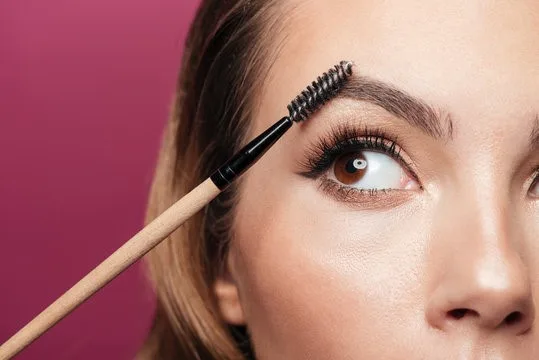
Mascara Wands:
You may think you won’t have a use for such a tool, but you’ll wish you had one on hand the next time your mascara decides to thicket on you. Not only do mascara wands help with separating and defining your lashes, you can also use them to scrape off any accidental mascara smudges you get in the process .Plus, they double as a brow brush when your arches need fluffing and they can tackle flyaway’s and tame baby hairs along your hairline.
Lip Brush:
A thin lip brush is so very useful for applying lip color flawlessly, especially when it comes to dark shades where precision is required. By applying with a brush, instead of straight from the tube, you can be far more accurate with outlining and filling in your lips. Plus, you can also use a lip brush to build color, which is much harder to do when you apply a lipstick directly.


